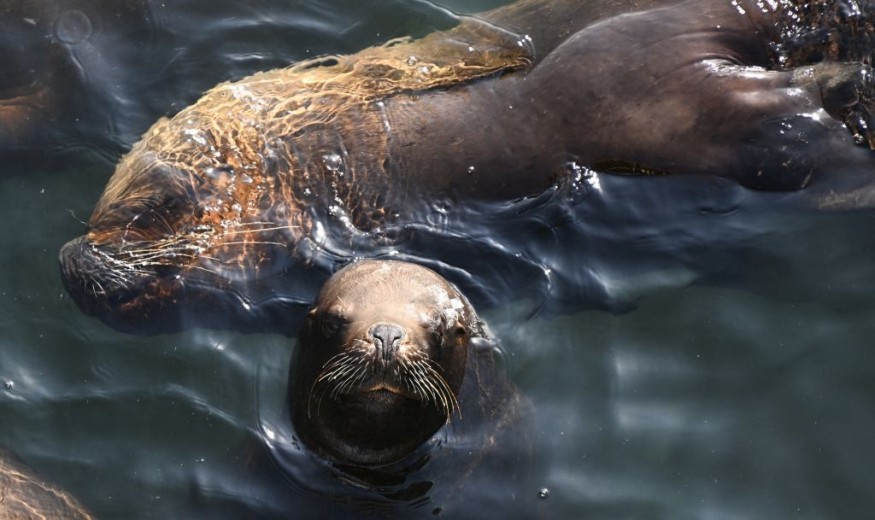Researchers discovered that rising mercury levels can be toxic and alarming to sea lion pups, which could suffer from health issues.
Understanding the heavy metal impacts, including the increasing mercury levels, is essential for mitigation and protection plans amidst the rising threats of the following:
- Climate change
- Bycatch
- Water pollution
- Habitat loss
- Diseases
Rising Mercury Level and Sea Lion Populations

As a result, researchers from Texas A&M University, including other institutions, worked together to monitor the Steller sea lion pups (Eumetopias jubatus).
In a report published by Texas A&M University in May, researchers analyzed the mercury levels in the Aleutian Islands. Alarmingly, the report discovered the rising levels from 2011 to 2018.
Mercury, as a heavy metal, is considered toxic to the environment and animals and is a global contaminant that can affect aquatic ecosystems. High concentrations pose a significant threat, including sea lion pups. Without urgent efforts and understanding, many species will likely be exposed to detrimental health effects.
In a report in Science of The Total Environment, the findings warned of the total mercury concentrations found in Steller sea lions in parts of Alaska, indicating the correlation between increasing mercury and a decline in species' number.
Toxicologist Dr. Todd O'Hara noted the importance of understanding the implications of mercury levels on sea lion pups and food sources.
As the Steller sea lion population managed to recover, the higher mercury concentrations are potential threats to its species in the Aleutian Islands. The animals can likely struggle to survive due to toxic heavy metals, and sea lion diets are likely to become more affected.
The researchers warned that it could affect fetal development, making sea lions vulnerable to health decline.
With the growing problems of climate change and water pollution, protecting the species of sea lions is crucial to protect their species.
Climate Change and Sea Lions: Why Does It Matter?
The threats of global warming can devastate sea lions, affecting the sea ice. The ice plays a crucial role for sea lions and temperature fluctuations can reduce the sea ice extent.
Changing ocean temperatures and currents impact the animals. These can affect foraging patterns, reducing the available food for sea lion survival and successful reproduction.
Another concern is ocean acidification. It has negative effects on marine organism survival, which is significant to sea lions. The animal has also suffered from diseases, which could spread in warmer waters.
Furthermore, human activities, such as increasing water pollution and illegal fishing practices, are still the main threats to sea lions.
For more similar stories, don't forget to follow Nature World News.
© 2025 NatureWorldNews.com All rights reserved. Do not reproduce without permission.





